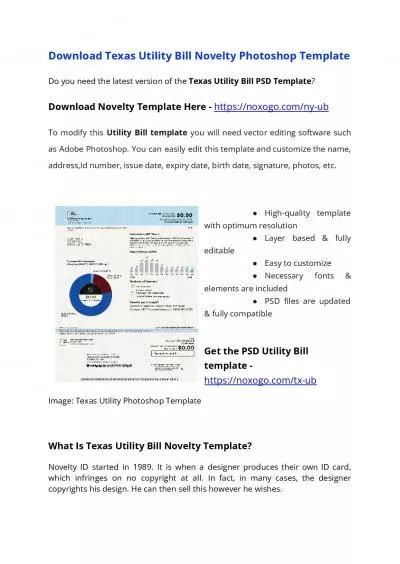PPT-G.T.T “Gone to Texas ”
Author : startse | Published Date : 2020-08-05
Anglo Colonization of Texas Vocabulary Terms A nglo American a person whose ancestors moved from Europe and live in the US Empresario An agent who makes all
Presentation Embed Code
Download Presentation
Download Presentation The PPT/PDF document "G.T.T “Gone to Texas ”" is the property of its rightful owner. Permission is granted to download and print the materials on this website for personal, non-commercial use only, and to display it on your personal computer provided you do not modify the materials and that you retain all copyright notices contained in the materials. By downloading content from our website, you accept the terms of this agreement.
G.T.T “Gone to Texas ”: Transcript
Download Rules Of Document
"G.T.T “Gone to Texas ”"The content belongs to its owner. You may download and print it for personal use, without modification, and keep all copyright notices. By downloading, you agree to these terms.
Related Documents

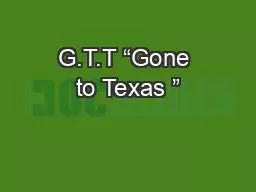
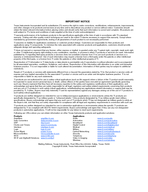
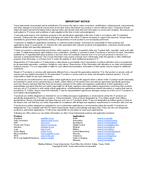
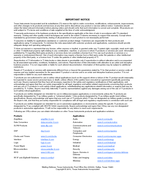


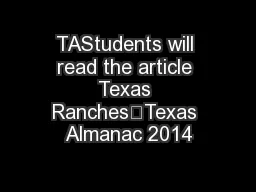

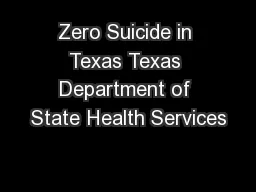
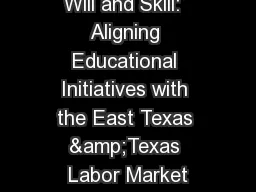

![[READ DOWNLOAD] When I\'m Gone: End of life planner organizer notebook, What my family](https://thumbs.docslides.com/1017574/read-download-when-i-m-gone-end-of-life-planner-organizer-notebook-what-my-family-should.jpg)
![READ [PDF] Texas Penal Code, 2018 ed. (West\'s® Texas Statutes and Codes)](https://thumbs.docslides.com/1019651/read-pdf-texas-penal-code-2018-ed-west-s-texas-statutes-and-codes.jpg)
